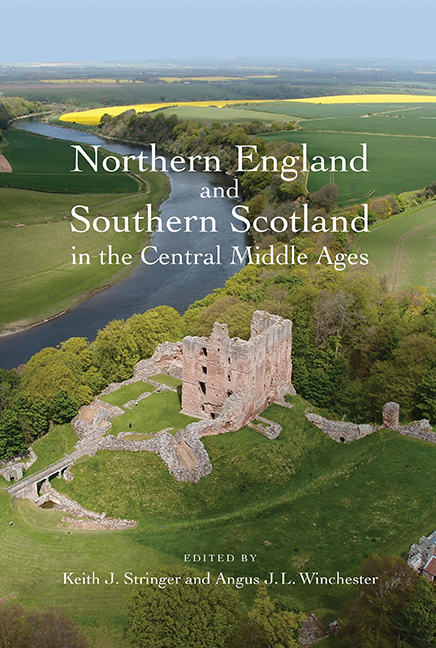Book contents
- Frontmatter
- Contents
- List of Figures
- List of Tables
- List of Contributors
- Preface
- Editorial Notes
- List of Abbreviations
- Introduction: ‘Middle Britain’ in Context, c.900–c.1300
- 1 Kingdom and Identity: A Scottish Perspective
- 2 Law, Governance and Jurisdiction
- 3 Languages and Names
- 4 Dioceses, Saints’ Cults and Monasteries
- 5 Parishes and Churches
- 6 Lords and Tenants
- 7 Rural Settlement Patterns on the Ground
- 8 Shielings and Common Pastures
- 9 Towns and Trade
- 10 Fortifications
- Index
3 - Languages and Names
Published online by Cambridge University Press: 24 August 2019
- Frontmatter
- Contents
- List of Figures
- List of Tables
- List of Contributors
- Preface
- Editorial Notes
- List of Abbreviations
- Introduction: ‘Middle Britain’ in Context, c.900–c.1300
- 1 Kingdom and Identity: A Scottish Perspective
- 2 Law, Governance and Jurisdiction
- 3 Languages and Names
- 4 Dioceses, Saints’ Cults and Monasteries
- 5 Parishes and Churches
- 6 Lords and Tenants
- 7 Rural Settlement Patterns on the Ground
- 8 Shielings and Common Pastures
- 9 Towns and Trade
- 10 Fortifications
- Index
Summary
During the earlier part of his reign David I, king of Scots (1124–53), granted land below Edinburgh Castle to the nearby church of St Cuthbert. The witness-list offers an insight into the abundance of languages that had been heard in southern Scotland and northern England during the preceding four centuries. David's son Henry was followed by William de Graham, the bearer of a popular Continental personal name. The other two witnesses were Thor de Trauernent (Tranent, ELO), whose personal name was Norse but who was associated with a Brittonic placename, and Malbead (Mael Bethad) de Libertona (Liberton, MLO) who bore a Gaelic personal name and a settlement name deriving from Old English. This group has been described as ‘a linguistic internationale’, though the names do not necessarily indicate the languages in current parlance. Nevertheless, it is possible to trace all of these tongues at some point during the period 800–1300 in both southern Scotland and northern England.
The reasons for the spread of these languages across the two areas are obscure: were large-scale migrations involved, or did the expansion and demise of kingdoms play a role? Those points are considered towards the end of this chapter, whilst the first two sections are devoted to place-names and personal names. Onomastic evidence sheds some light on linguistic history, but the relationship is often indirect. Furthermore, research into some aspects of the place- and personal names is at a preliminary stage, and so the points made in this chapter are tentative. Even so, the onomastic material highlights some common features of northern England and southern Scotland; the two could be considered a ‘northern onomastic zone’, in John Insley's words. There was also, we would argue, considerable variation from locality to locality within the broader area of northern England and southern Scotland.
There has been some debate about how to define the north of England in linguistic terms. Studies based on both Middle English isoglosses (boundaries of linguistic features) and onomastic evidence highlight some continuity into the Midlands; for example, several features link the area south of the River Ribble or Lune with the north-west Midlands rather than with the Northern dialect.
- Type
- Chapter
- Information
- Publisher: Boydell & BrewerPrint publication year: 2017

